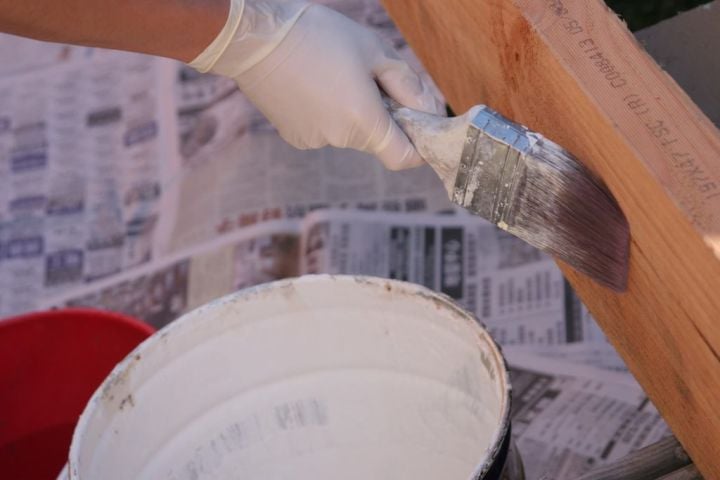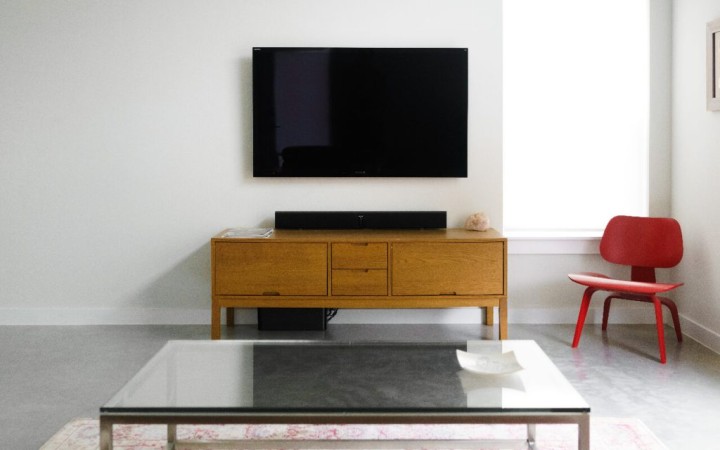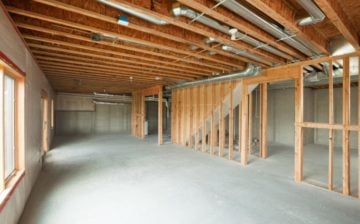
DIY has seen a significant uptick in popularity this year. Stuck at home due to lockdowns and unable to socialize conventionally, people throughout the world needed to occupy their time somehow — and something as simple as repainting a door can soak up a decent amount of time. But that doesn’t mean DIY home renovations have been common.
In truth, most home DIY projects in 2020 have been small-scale, and there are two key reasons for this. Firstly, many important parts of the home renovation process call for extended meetings with contractors and long trips to get supplies, and those things aren’t ideal when you’re trying to limit exposure. Secondly, and most importantly, home renovation is expensive, and countries everywhere going into recession is a good reason to be financially cautious.
But 2021 could be the year of big house projects. COVID-19 won’t have gone away, but most businesses know how to operate safely, and we’ll all have had time to get our spending settled. Here are some tips for implementing your home renovation plans in the new year:
Set a Clear Budget Before You Begin
Knowing that you can afford to do something in principle doesn’t prevent you from making big spending mistakes as you proceed. Additionally, a home renovation is a huge undertaking, and you can’t exactly change your mind about it once it’s underway. That means you need to have things figured out before you get started — and that calls for a clear budget.
Think about what you can afford to spend (your budget cap), and what you realistically intend to spend. How you allocate your budget will depend on the actions you want to take (more on that later), but you need the overall figure worked out early on. Ensure that the money is earmarked for the work and not at risk of being needed for something else.
Remember to factor in the cost of your labor, particularly if you’re intending to take time off work to handle the renovation. This will help you decide when it’s most cost-effective to do something yourself, and when it’s better to outsource a task to a professional.
Plan Around The Technology You Want
Ideally, you should plan your entire home layout at this point — and while you don’t need the precision that you’d get from a CAD (computer-assisted design) program, you should make an effort to be as precise as you can. This will ultimately save you time. And for a home in 2021, it makes the most sense to plan around the technology you intend to use.
Why? Because it’s increasingly common to build smart homes, and the current need for effective home offices (and home entertainment) makes it hard for even the most ardent Luddites to deny the value of having their houses sensibly wired. What kind of computer setup do you want? What type of audio system? Where do you want to stand or mount your TV?
There are always options, so do some research. For audio alone, you have several choices. You can carefully wire high-grade speakers for maximum quality, connect mobile audio devices to a high-end TV via micro USB to HDMI for great convenience, or rely solely on voice-activated speakers if privacy isn’t a must-have. Each option will dictate how you structure your rooms.
Break the Work Down Into Distinct Steps
A project as big as a home renovation can easily drag on interminably, leaving you wondering how so much time has passed without anything being finished. This is particularly bad for your morale. The key, then, is to break the work down into significant steps, allowing you to complete a series of small achievable goals instead of constantly chasing one far-off goal.
Most importantly, focus on getting one room done before you work on the others. It’ll be pleasant to know that you have something finished, and it’ll give you somewhere to relax between tasks without feeling that you’re lingering in a warzone. Once that’s done, you can pick away at projects elsewhere, ordering them by priority.
You’ll also need to figure out how you’re going to break down your budget here. Which rooms do you care about the most, and which elements of those rooms are the most worthy of investment? Do you need a top-notch kitchen, or would you rather concentrate on making the bathroom as nice as it can be? Get the big things done first and you’ll have an easier time.
Look For Opportunities to Upcycle
Your home is your property and your project, so while you can certainly use brochures and other such materials for inspiration, you shouldn’t fall into the trap of thinking you need to meet some universal standard. What matters is what you like (so that your house ultimately feels like a home). You don’t need everything to be new, most significantly. It’s better to be crafty and frugal — that way, the project will be more satisfying.
This is why upcycling is such a great option. People are always looking to offload old pieces of furniture and home appliances they no longer need, commonly offering them for free if you’ll collect. Take advantage of this. Bland chairs can be painted in eye-popping colors to catch attention. An old wardrobe might just need to be rubbed down and varnished to look pristine — and if that’s an option, why pay so much more for a new one?
No matter how things go with COVID-19 in 2021, remote working will stick around, and that means many people will continue to have more spare time than they’re used to having. That time has to go somewhere, and small DIY projects — as noted earlier — are great for soaking up some time. The more upcycling you do, the more of such projects you’ll have.
We hope you found this blog post How To Get Started On Those Home Renovation Plans, useful. Be sure to check out our post Home Renovations That Will Boost the Value of Your Home for more great tips!
Have Experience in the Moving Industry? Want an Additional Income Stream? Work With All Around Moving!
Partner with us and we’ll help you make money. Click here to learn more.






